Best Online Personal Training Software of 2023
Table of Contents
After COVID-19 hit in early 2020 the demand for online personal training software soared to new heights. Online training was a sector of the fitness industry that was already growing, but worldwide “stay at home” and “social distancing” orders made online training a necessity for both consumers and trainers virtually overnight – and the trend stuck around.
Online training is and will be the future of personal training, but it comes with different sets of tools and business structures. This is why online personal training software is so important; it helps personal trainers bridge the gap of fitness and technology, and in a much more streamlined and trackable way.
However, online personal training software is not a one-size-fits-all addition to one’s toolbelt. There are many features and benefits of different types of online training software, and the purpose of this research guide is to help trainers navigate the best online personal training software for them.
Below we take a deep dive on the most popular features of online training software for trainers as well as look at popular PT software side-by-side. These best online personal training softwares are:
- Trainerize
- Mindbody
- TrueCoach
- Virtuagym
- PTminder
- Vagaro
Software | Ease of Use (5 being best) | Approximate Monthly Cost |
|---|---|---|
Trainerize | 3.5 | Free for one user, up to $36 for 15 users
|
Mind Body | 4 | $129 – $599 |
TrueCoach | 4.5 | $19 – $99 |
Virtuagym | 3.5 | Starting at $29 |
PT Minder | 4.5 | $36 – $123 |
Vagaro | 4.5 | Free for one user, up to $60 |
Why Should You Trust Me? At Fitness Mentors, we forecasted a demand for this fitness trend long before this happened as today’s technology allows trainers to scale their businesses online and frees them from the constraints of the man-hours needed to make money on in-person training.
As a personal trainer, I have spent years working in the fitness industry and honing my expertise in helping individuals achieve their fitness goals. Through my experience, I have become well-versed in the various tools and resources available to aid in the process, including online personal training software.
To rank the best online personal training software, I draw on my knowledge of the industry and the needs of my clients. I consider factors such as the software’s user interface, the range of features offered, the quality of customer support, and the overall effectiveness in helping clients achieve their fitness goals.
Additionally, as a personal trainer, I have had the opportunity to work with a variety of online personal training software platforms – including providing consulting services on the buildout of software – and have gained insight into the strengths and weaknesses of each. This allows me to provide informed and objective evaluations of different software options.
Overall, my experience and expertise as a personal trainer qualify me to rank the best online personal training software and to make recommendations to clients seeking to enhance their fitness journey through technology.
Best Online Personal Training Softwares Compared
Trainerize is rated 3.5 out of 5 for ease of use.
OVERVIEW
Trainerize is a top-rated personal trainer software that is leveraged by personal trainers, health clubs, and other fitness professionals. Trainers can create custom programs for each client, track results, and communicate through the platform. It also has customizable workout plans and built-in templates. It can be accessed on web browsers, or Apple and Android apps.
PRICE
- 1 client- free
- Up to 2 clients- $5/month
- Up to 5 clients- $20/month
- Up to 15 clients- $36/month
Trainers can save 10% on yearly billing
Pros
- User-friendly interface and easy to navigate
- Offers a wide range of features such as workout plans, progress tracking, nutrition tracking, and in-app messaging
- Allows for custom branding and logo integration
- Offers a mobile app for both trainers and clients
- Integrates with many popular fitness apps and wearables
- Provides excellent customer support
Cons
- Limited integration with other business management tools
- Can be time-consuming to set up customized workout plans and programs
- Limited reporting and analytics features
Client Tracking: In addition to body stats, uploadable progress photos, and target monitoring, Trainerize also allows for client nutrition tracking via connection with the MyFitnessPal app.
Client Management: The software has in-app video calls, messaging, and push notifications. For leads, clients can be added from the phone, computer, tablet or via email.
Client Scheduling: Scheduling can be automated through the app.
Payment Processing: Trainers can use the in-app Trainerize Pay option or use a third-party payment solution such as PayPal, Stripe, or Shopify.
Workout Templates: Trainerize has over 20 pre-built workouts that can be imported for client use.
Workout Builder: Trainers can upload their workouts or YouTube videos or upload videos in-app.
Live, Virtual, & On-Demand Training: Trainerize only offers on-demand training videos via uploaded videos.
Mindbody is rated 4 out of 5 stars for ease of use.
OVERVIEW
PRICE
- Starter- $129/month
- Accelerate- $259/month
- Ultimate- $399/month
- Ultimate Plus- $599/month
Pros
- Comprehensive scheduling and booking system for appointments and classes
- Allows for online bookings and payments
- Offers integration with third-party apps and tools
- Provides tools for managing client information and progress tracking
- Has a large community of users and support resources available
Cons
- Can be expensive, with pricing plans geared towards larger businesses rather than individual trainers
- Some users have reported difficulties with the user interface and navigation
- Customization options can be limited
- Requires some time and effort to set up and learn how to use effectively
Client Tracking: Fitness progress is monitored by FitMetrix, Mindbody’s tool to review things like heart rate, calorie burn, and equipment reservations.
Client Management: Client management features include individual client profiles, email tracking and renewals, and a client-facing portal.
Client Scheduling: Brandable booking and scheduling features make for an intuitive calendar.
Payment Processing: Clients can pay online through the app or memberships can be set up for automatic payments.
Workout Templates: No pre-existing workout templates available.
Workout Builder: No pre-existing workout building programs appear to be available.
Live, Virtual, & On-Demand Training: Integrated within the software is the ability to live stream workouts or provide pre-recorded, on-demand videos.
TrueCoach is rated 4.5 out of 5 stars for ease of use.
OVERVIEW
PRICE
- Starter: $19/month
- Standard: $49/month
- Pro: $99/month
Pros
- User-friendly interface and easy-to-use platform
- Customizable workout plans and exercises
- Ability to track progress and communicate with clients in real-time
- Provides integration with wearables and other fitness apps
- Affordable pricing options for personal trainers and coaches
Cons
- Limited marketing and lead generation features
- Some users may find the user interface too simplistic
- Limited support for video workouts
- Lacks integration with nutrition tracking apps or software
Client Tracking: Trainers and their clients have access to progress tracking that give metrics over time and more granular views for trainers on items such as goals, access to equipment, nutrition info, and more.
Client Management: TrueCoach has a full suite of client management tools including personalized workout plans, in-app communication, and progress trackers.
Client Scheduling: Trainers can schedule within the software.
Payment Processing: Payments can be processed inside the app. This is built on Stripe.
Workout Templates: TrueCoach currently has over 1,200 videos in their library.
Workout Builder: Trainers can use the workout builder to design and deliver custom workouts.
Live, Virtual, & On-Demand Training: TrueCoach only offers on-demand training videos via uploaded videos.
Virtuagym is rated 3.5 out of 5 stars for ease of use.
OVERVIEW
PRICE
- Starts at $29/month*
*Pricing not available on Virtuagym website.
Pros
- Comprehensive platform offering fitness and nutrition tracking
- Customizable workout plans and exercises
- Integration with wearables and other fitness apps
- Wide range of features for personal trainers and coaches, including scheduling and invoicing
- Extensive marketing and lead generation tools for growing a personal training business
Cons
- Complex user interface that may be difficult for some users to navigate
- Limited support for video workouts
- Some users may find the nutrition tracking feature less robust than other apps or software.
Client Tracking: Client progress tracking is available and can include exercises, food plans and progress metrics.
Client Management: Client management features include client sign-ins, invoicing, and a branded fitness app.
Client Scheduling: Clients can book automatically through the app.
Payment Processing: Automatic invoicing or one-off invoicing is available along with integrations with all major payment providers.
Workout Templates: Virtuagym contains over 4,500 3D exercises, boasting the biggest exercise database of any software.
Workout Builder: Trainers can create digital plans from the 3D exercises and duplicate templates.
Live, Virtual, & On-Demand Training: Virtuagym only appears to offer on-demand training via the 3D training builders.
Starts at $29/month*
Prices listed are non-promotional, full-price, non-member prices.
*Pricing not available on Virtuagym website.
PTminder is rated 4.5 out of 5 stars for ease of use.
OVERVIEW
PRICE
- 50 Client Plan: $36/month
- 100 Client Plan: $53/month
- 150 Client Plan: $70/month
- 200 Client Plan: $88/month
- Unlimited Plan: $123/month
Save 10% with annual billing.
Pros
- Easy-to-use platform with a simple user interface
- Comprehensive scheduling and client management tools
- Customizable workout plans and exercises
- Integration with popular payment gateways for easy invoicing and payment processing
- Offers white-labeling options for personal branding
Cons
- Limited nutrition tracking and meal planning features
- Lacks integration with wearables and other fitness apps
- No support for video workouts or exercise demonstrations
- Limited marketing and lead generation tools for growing a personal training business
- Pricing isn’t tailored to individual personal training needs
Client Tracking: Client progress tracking is available via the app.
Client Management: Client bookings, progress, and payments can be managed inside the app.
Client Scheduling: Clients can book and pay for their training from their smartphones.
Payment Processing: Manage payments through the app with reputable third-party integrations.
Workout Templates: PTminder has a built-in workout library that can be customized for clients.
Workout Builder: Custom workouts can be built and assigned to clients; however, it is unclear if trainers can upload their own workouts to the platform.
Live, Virtual, & On-Demand Training: PTminder appears to offer on-demand training via their templates, but does not appear to offer live or virtual training despite labeling themselves as a virtual training software.
Starts at $29/month*
Prices listed are non-promotional, full-price, non-member prices.
*Pricing not available on Virtuagym website.
Vagaro is rated 4.5 out of 5 stars for ease of use.
OVERVIEW
PRICE
- 1 trainer: Free
- 2 trainers: $10/month
- 3 trainers: $20/month
- 4 trainers: $30/month
- 5 trainers: $40/month
- 6 trainers: $50/month
- 7+ trainers: $60/month
Save 10% with annual billing.
Pros
- Easy-to-use platform
- Comprehensive scheduling and client management tools
- Features for appointment reminders and confirmations
- Integration with popular payment gateways
- Robust marketing and promotion tools
Cons
- Limited customization options for workout plans and exercises
- No support for video workouts or exercise demonstrations
- Limited nutrition tracking and meal planning features
- Lacks integration with wearables and other fitness apps
Client Tracking: Trainers can track clients’ workouts, meal plans, birthdays and more.
Client Management: Trainers have access to a dashboard to generate custom reports, view client retention, review client preferences, generate custom forms, and create memberships.
Client Scheduling: Clients are able to schedule their training sessions via the app, on Facebook, Yelp, or Facebook.
Payment Processing: Payments can be processed from the Vagaro app as well as with hardware such as cash drawers, credit card readers and more.
Workout Templates: Vagaro does not appear to have a workout library.
Workout Builder: Vagaro does not appear to have workout builder functionality.
Live, Virtual, & On-Demand Training: Trainers can use Vagaro for virtual classes and live stream with notification reminders on email, text, and via push notification.
1st Trainer Free
Prices listed are non-promotional, full-price, non-member prices.
Ideal Features for Online Personal Training Software
In their most basic form, online personal trainer software exists to help personal trainers manage and connect with their clients. But online personal training software is so much more than that. Check out some of these popular features that are becoming in more demand and consider each one as it relates to your business.
Client Tracker: Tracking results is a great way for trainers to get feedback to share with their clients. Many softwares also allow clients to access the same fitness tracking data so they can, for example, see how often they’ve worked out, how many calories they’ve burned, or what their next fitness milestones are.
Client Management: A basic feature consistent with most online personal training software is client management. Client management features serve to decrease your administrative workload and automate processes such as memberships, attendance, lead tracking, clients-specific fitness package delivery, and session sign-ups. This also allows trainers and their clients to communicate via online mediums such as in-app, via text, email, or the phone.
Client Scheduling: Often a subset of client management, client scheduling features allow trainers and clients to collaborate via an online calendar. This can be used for one-on-one sessions or group fitness classes where students can simply sign up online and trainers can view their upcoming calendars with little to no interaction with students beforehand.
Payment Processing:
If creating and displaying your personal training options on your software for the public to access is one feature, allowing them to purchase them online is another. Many trainers want online training software that allows them to integrate third-party payment applications such as PayPal, Zelle, Venmo, Square, or Stripe.
Workout Templates: For trainers who want more turn-key features, pre-existing workout templates are a real favorite of the more modern online training softwares. With these workout templates, trainers can, for example, send 10 videos of leg workouts that exist within the software already. Trainers don’t have to spend time or resources creating videos or specific workouts, they can simply plug-in the templates that exist within their software.
Workout Builder:
Considerations of the Type of
Personal Trainer You Are
In the Fitness Mentors Certified Online Personal Trainer course, there are six ways online personal trainers can monetize their business:
- Private Personalized Online Training
- Non-Personalized PDF Fitness Programs
- Non-Personalized Video Fitness Programs
- Hybrid Online and In-Person Personal Training
- Live Video Streaming Workouts Online
- Online Group Personal Training
which type of online training business you run is important as this will greatly dictate the features you need to run your business most effectively. For example, if you are only selling non-personalized PDF fitness programs then you won’t need a software that offers live video streaming functionality.
On the contrary, if you want to conduct live fitness classes virtually, you’ll want to make sure your software has all the bells and whistles you need to make this a success.
Bonus tip for online personal training software: In-person, online or hybrid business models are still very popular. If you are mixing in-person training with your online training, try to find a software that helps manage both types of clients.
So, What Is the Best Online Personal Training Software?
As you have learned above, each personal training software offers something slightly different. Upon analyzing these overviews, you should have a better idea of what may or may not work for you. This is not an exhaustive list of features, so you should try to determine which features you absolutely need and then remove available software options from your list to narrow things down.
Once you have narrowed your options down it is important to try and determine which PT software is right for you. You can consider the features and integrations, input from other trainers in your network, the needs of your clients, the brand power behind the software, pricing, and a whole slew of other factors.
There really is no best personal training software; the best personal training software is the one that best fits your needs and budget. The decision is a rather big commitment as you’ll likely end up placing all of your clients and employees on one piece of software and dedicate a lot of time to setting it all up.
I encourage you to take you time with this decision, try a few demos, and find some third-party review sites. With the right software you’ll be saving a lot of time, creating an invaluable experience for your clients, and helping build your company. Choose wisely and let me know if you have any questions or have any experience with any of the software companies mentioned in the comments.
Best Online Personal Trainer Software FAQs
Personal training software is a type of technology that helps personal trainers and their clients manage and track fitness programs online. It can include features such as workout plans, progress tracking, and communication tools.
Personal training software can offer many benefits for both personal trainers and their clients. These include improved communication, better organization of workout plans and progress tracking, increased motivation, and easier scheduling of sessions.
The cost of personal training software can vary depending on the specific features and level of support offered. Some software may be free, while others can cost several hundred dollars per month.
Most personal training software is designed to be user-friendly and easy to navigate. However, the level of ease may vary depending on the specific software and individual user experience.
Yes, personal training software can be used for online coaching, allowing personal trainers to work with clients remotely. Many software options offer video conferencing and messaging features to facilitate communication and support.
Many personal training software options offer customization options to fit the unique needs of personal trainers and their clients. This can include personalized workout plans, tracking metrics, and communication preferences.
Personal training software typically includes privacy and security measures such as password protection, data encryption, and secure communication channels to protect sensitive client information.
- 4.8 Star Rating
- 300+ Reviews
- 30,000+ Students
- 16 Courses
BS Kinesiology, NASM-CPT, CES, PES FNS, MMAS, WLS, FM-CPT, ACE-CPT, Master Personal Trainer
Eddie Lester is the founder and CEO of Fitness Mentors. With more that 17 years experience in the health, fitness and athletics field, he has helped tens of thousands of personal trainers transform their careers and reach their business goals. With a background in Kinesiology and Exercise Physiology Eddie has assisted in research that is spearheading the exercise science field.
His in-depth knowledge of the Health, Wellness and Fitness industry has earned him a place as a regular contributor on high profile sites such as the Personal Trainer Development Center, (Dan to list top sites) online where he writes about nutrition and personal training.
His contributions to help personal trainers include a weekly blog, podcast, youtube channel and multiple books including: Business and Sales: the Guide to Success as a Personal Trainer.
Eddie’s Philosophy often times includes focusing on the bigger picture in which daily positive contributions lead to a major impact on himself, his family, his community and the world.
Eddie is commonly found at the beaches of Southern California with his wife Courtney and five kids.






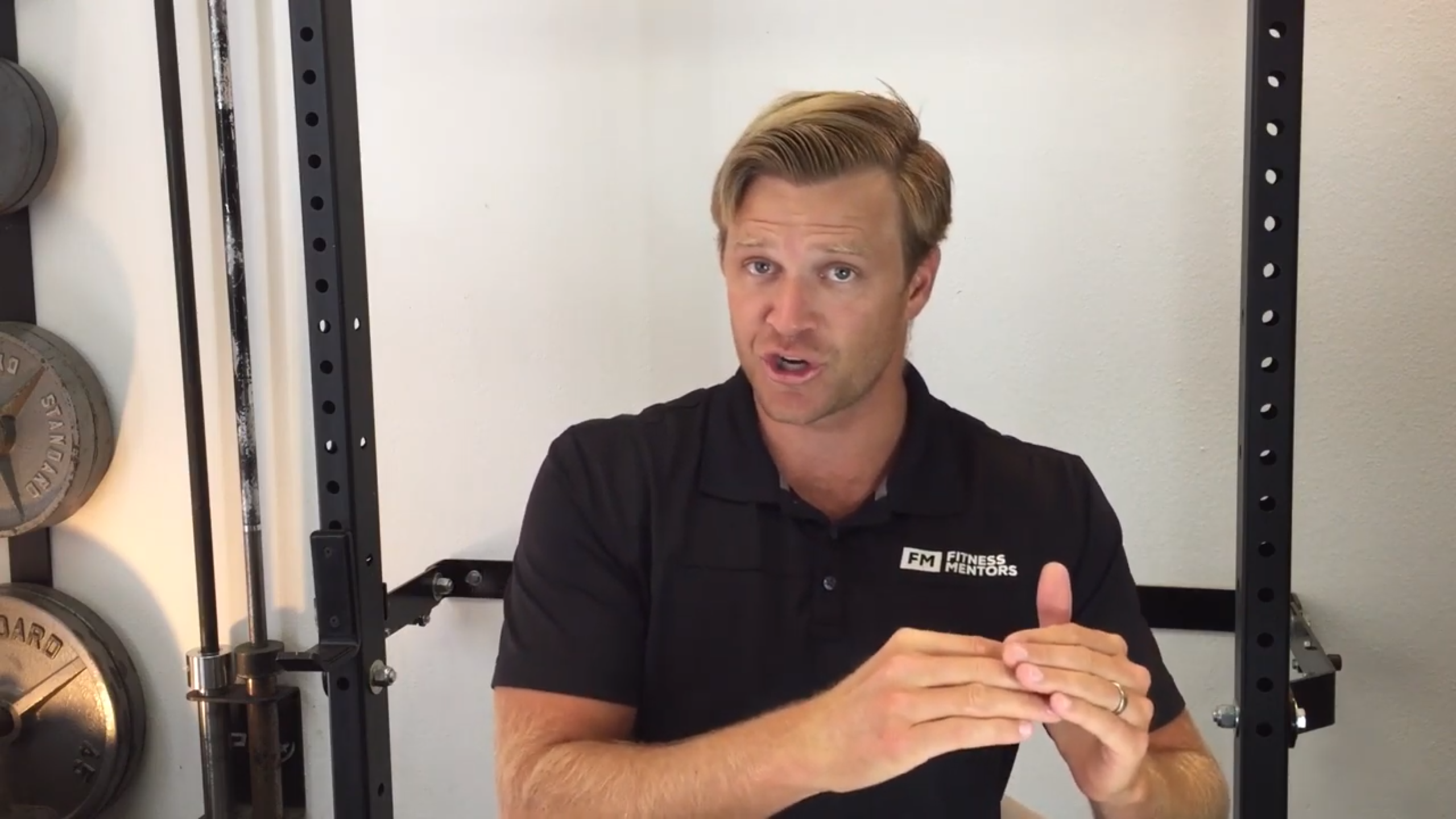














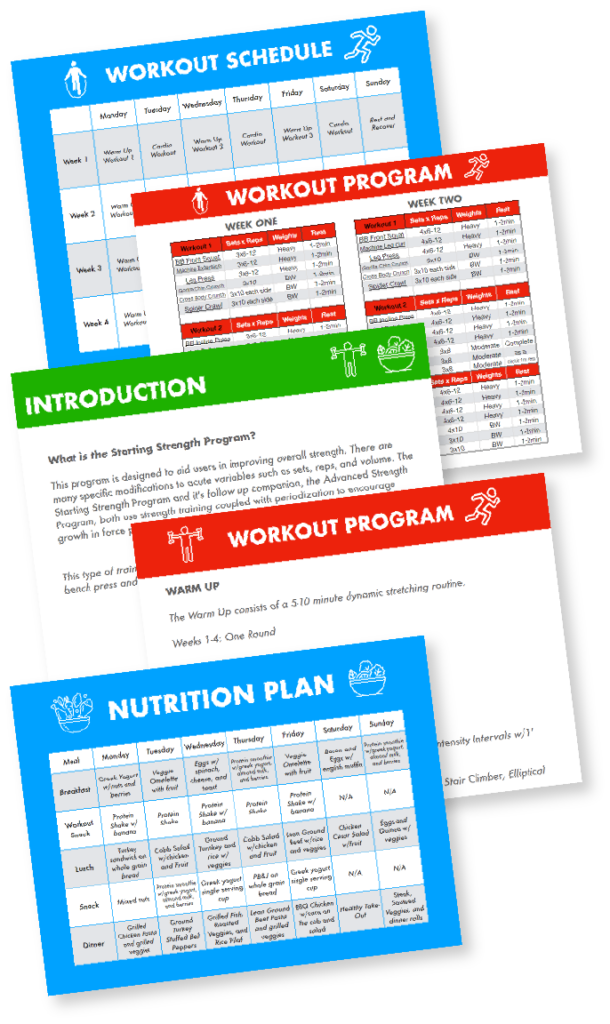

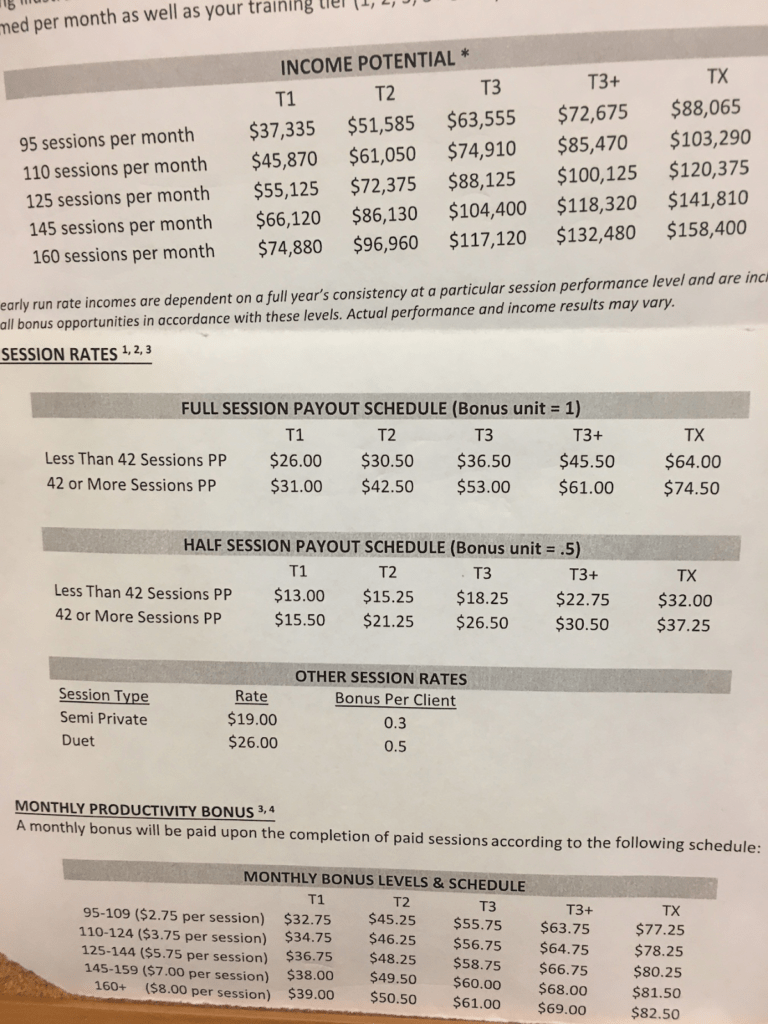

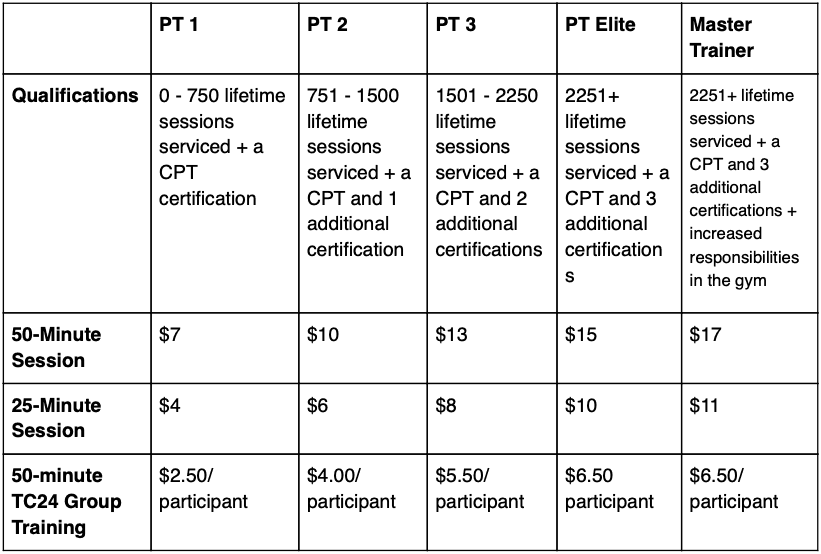






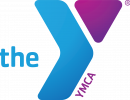



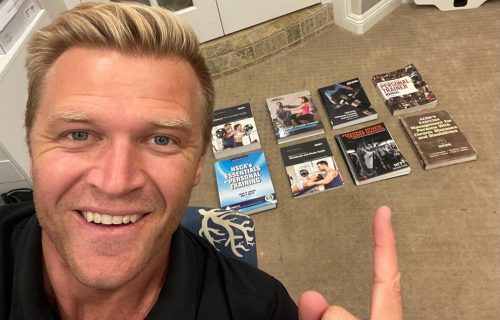
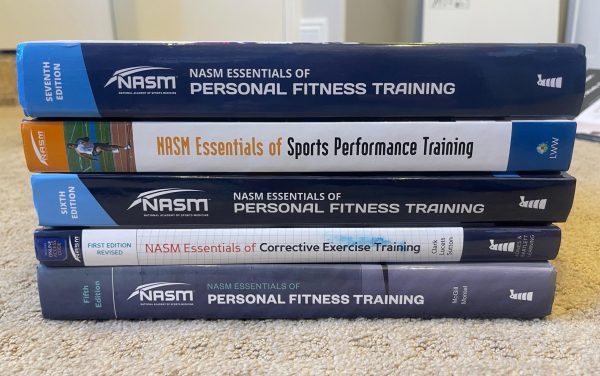
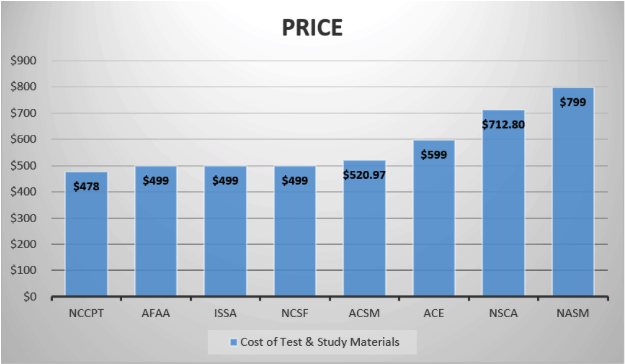

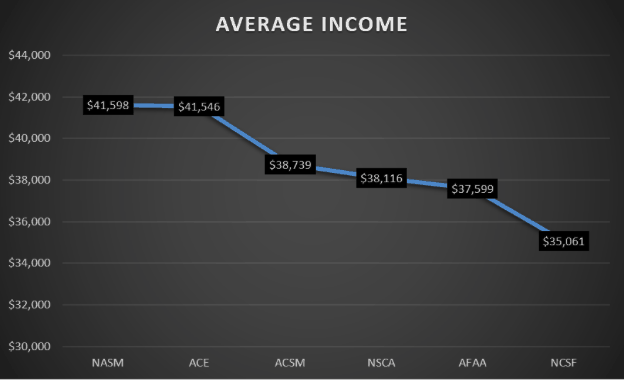




 The Practice Tests should be used after completing your reading and other study materials on a chapter by chapter basis or at the finish of all studying. Once again, if you test yourself before you know anything it might not do much good. The
The Practice Tests should be used after completing your reading and other study materials on a chapter by chapter basis or at the finish of all studying. Once again, if you test yourself before you know anything it might not do much good. The 
The Fitness Mentors Certified Online Personal Trainer (FM-COPT) is the only company nationally recognized by the NBFE (National Board of Fitness Examiners) to offer an Online Personal Training Certification.